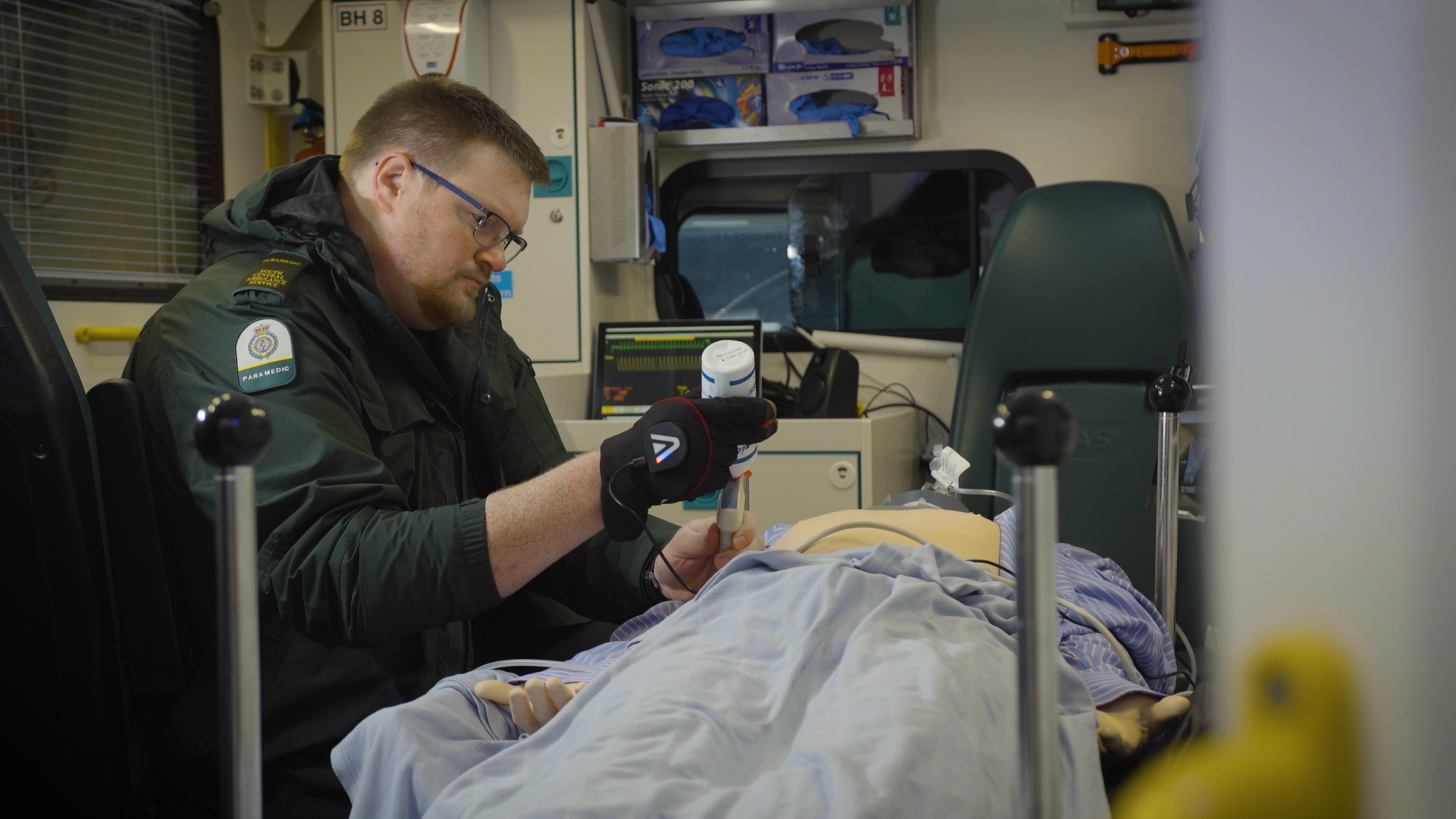Think about a nationwide industry that relies on real-time decision-making, has to handle logistics challenges, and demands a high level of accuracy in telecommunications. Chances are that ecommerce or manufacturing has crossed your mind, but we are talking about first responders.
According to the 9-1-1 Association, public safety agencies in the United States receive around 240 million 911 calls every year, from light disturbances to massive wildfires and medical emergencies.
But gone are the days first responders would follow up the calls manually – actually, they are increasingly adopting solutions like location-based services and FirstNet, a dedicated network that prioritises first responders’ communications.
“We like to talk about it in terms of the Internet of Live-Saving Things,” observed Richard Reed, Deputy Chief Network & Technology Officer at FirstNet Authority, the agency responsible for setting up FirstNet, during a presentation in 2019.
“Back in the old days, police officers just went out with firearm, land mobile radio, and a badge, and they policed. Firefighters were focused on putting out fires. The use of augmented reality, virtual reality, all of the wearable sensors will make the job of doing first responders’ work more effective,” he added.
The development of FirstNet started in 2011, following the 9/11 attacks, an event that brought about several challenges to first responders’ communications. After nearly a decade of study and research to address those challenges, the US Congress established the FirstNet Authority in 2012.
In 2018, AT&T deployed the dedicated network over the spectrum range called Band 14. Now, even if the network is congested, first responders have priority over commercial users – who will likely be redirected to other frequencies to keep activities like posting on social media or streaming videos without interference.
“Today, emergency responders have a host of information that is available, generally in a strategic or planning set. But when it comes time to execute those decisions tactically, the network has failed to be able to truly operationalise GIS [Geographic Information System] information in its purest sense. FirstNet hopes to improve this reliability,” the executive said at the time.
Reed will share some of FirstNet’s challenges regarding the RAN in the upcoming 6GSymposium, in October, during the session “Supporting Industry Sectors: The Impact on the Core & Service Layer.”
Check out the agenda and register for the event here.
Use Cases for Public Safety
Because the network uses a dedicated frequency, first responders have a free lane to transfer data and execute their work.
One of the solutions already in place in 4G – which should advance as 5G evolves and 6G is developed – is the Z axis. That technology allows teams to precisely locate firefighters, for example, in a multistory building, and keep track of them as they go up and down the building, as you can see in the video below.
Other features being developed worldwide offer a glimpse at the future as well. In the United Kingdom, BT has been testing the use of augmented reality in “smart” ambulances to connect first responders on the ground with professionals at the hospital.

In the US, AT&T has also been using VR and AR solutions in the medical service while taking advantage of 5G’s low latency and bandwidth to apply artificial intelligence to injury examinations, for example.
Another case is the Ellison Institute for Transformative Medicine, a clinic for cancer research and treatment from the University of Southern California. It processes 3D images of ten gigabytes each, a workload that 5G connectivity has enabled.
As 5G and 6G evolve, these and other new technologies should be increasingly available for first responders on the ground. The revolution in that sector seems to be only beginning.







